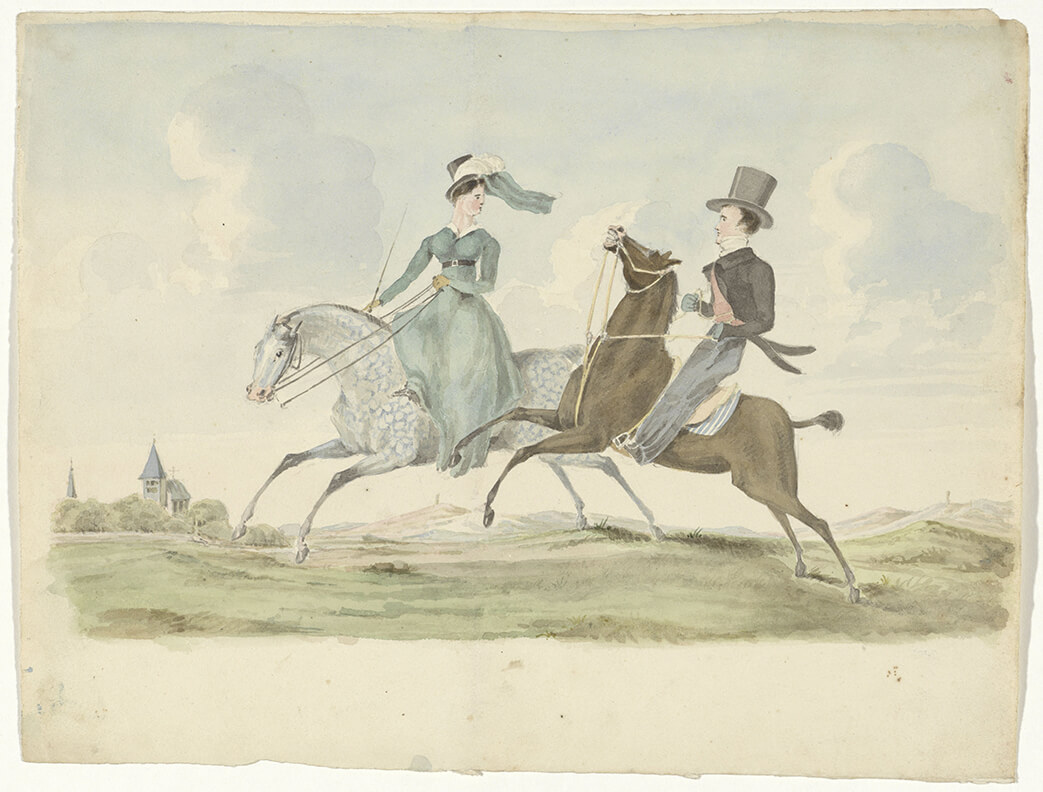
The Galloping Horse Photos – How the Motion of the Horse Was Discovered
There was a time when people didn’t know how horses moved. They knew they had four legs, and they moved all of those legs somehow, but those legs moved much too fast at the trot and gallop for people to full understand what they were seeing.
People had different theories. Some believed that there was always a foot on the ground. Some believed the horse’s legs always had the same position relative to each other. And nearly everyone accepted that the gallop was done in the “rocking horse” pose, with the horse’s legs extended out fully. All art work showing a horse galloping, from the beginnings of horse artwork to the 19th century, showed this pose.
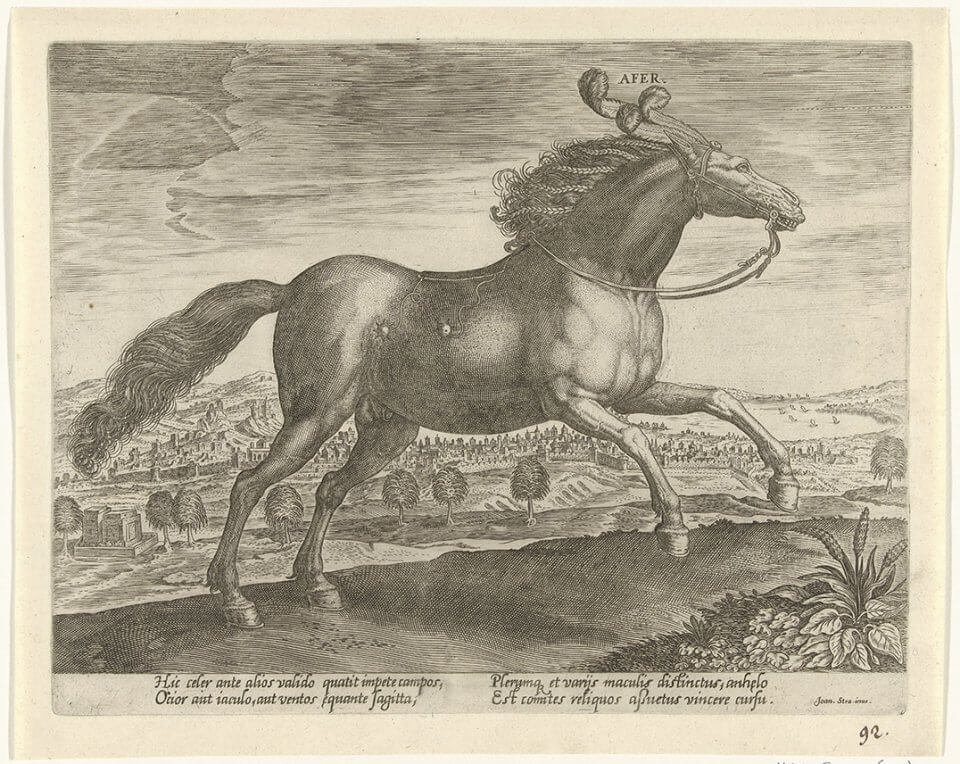
That was just the accepted movement, and there was no proof otherwise.. until one day….-dramatic pause- there was.
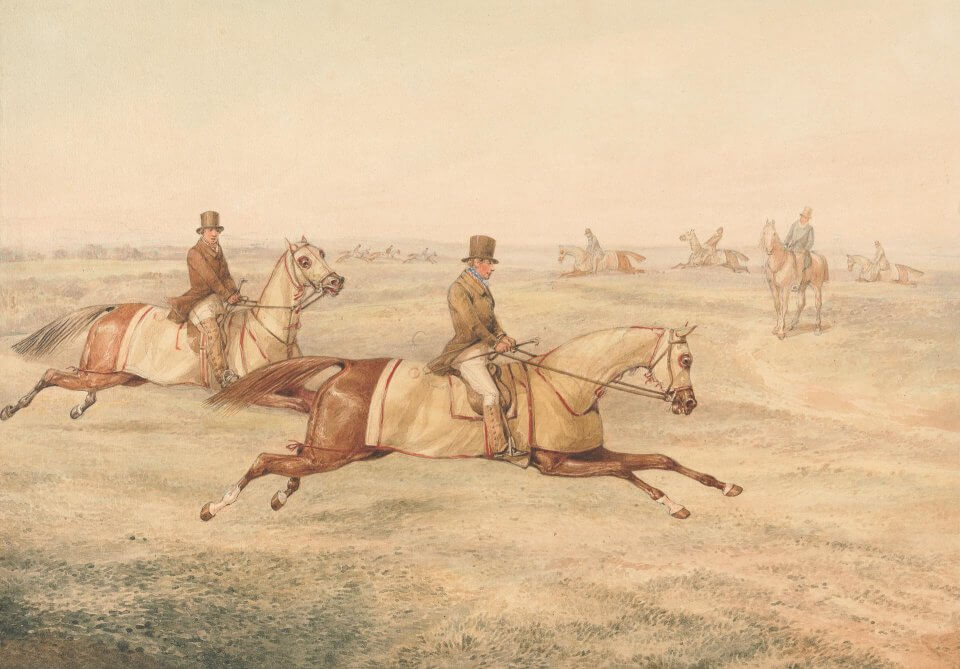
Eadweard Muybridge
Eadweard Muybridge was a strange guy. He was born Edward James Muggeridge, a mostly normal, if not Harry Potter-isck name, but decided to change it to the more Anglo-Saxon form of the name. I imagine this is much like modern day parents changing the spelling of their baby’s name to make it unique.
He was born in England but moved to the US as a bookseller. He was traveling around the country when he had one of those tragedies that changed the course of his life. He was in a stagecoach accident, being thrown from the coach and hitting his head. He was knocked unconscious, and that brain injury changed the course of his life.
It was said that he was meticulous with his appearance prior to the accident, well groomed and with neat clothing. However after the accident, his appearance resembled an angry Gandalf.
Appearances aside, he suffered significant brain damage. As we’ve talked about before, brain damage can do things to people’s personalities. Let this be a reminder to wear your helmet!
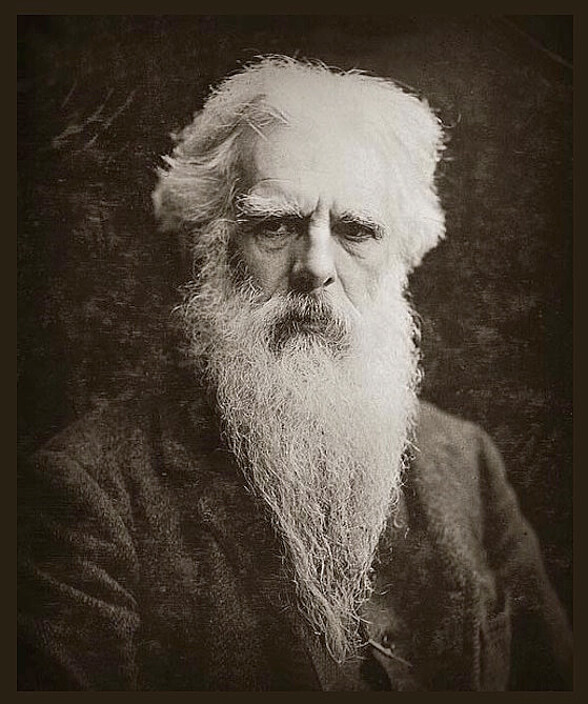
It was said he suffered headaches, dizziness, and double vision. He became more irritable and aggressive. He would become angry if a customer critiqued his work, and would refuse their money. He would decide he didn’t like someone, but then later decide they were completely fine. One of his friends, photographer Silas Selleck said he could hardly recognize him.
Muybridge had a wife and child, but had reason to believe that his wife had been having an affair. In October 1874, he found the man, told him, “I have a message for you from my wife,” and shot him dead.
In the trial, his attorney pleaded insanity, based on the head trauma from the stage coach incident. However Muybridge himself gave indications that it was premeditated, and at times showed complete indifference as well as uncontrolled explosions of emotion. He was eventually acquitted on grounds of “Justifiable Homicide,” as the jury decided that they themselves would have done the same thing. Much different times back then…
Muybridge’s Photography
Backtracking in time, his life changed from the stage coach accident. Not just the newfound personality, but he also picked up a new passion. While in England to recover, his doctor recommended he take up photography to get some fresh air.
The fresh air helped, but Muybridge felt the photography equipment was too cumbersome. He came up with a new method of plate printing, applying for the patent in 1860.
He returned to the US in 1867, converting a horse carriage into a mobile lightroom. Traveling the Pacific coast, he focused on architectural and landscape images as well as private commissions. He experimented a lot with his photography and even did “photoshop” – adding clouds, the moon and even volcanos to his images.
The Horse Commission
in 1872, he was hired to photograph a rich man’s racehorse. Leland Stanford, businessman and former governor of California wanted a great photo of his horse Occident, and was frustrated that a photographer had never managed to capture it.
Back in those days, exposures on photographs took several seconds. Even a 2 second exposure on a sitting person might end up blurry due to slight movements. Getting a photograph of a moving horse seemed impossible. In two seconds, the horse would be long gone, way out of frame.
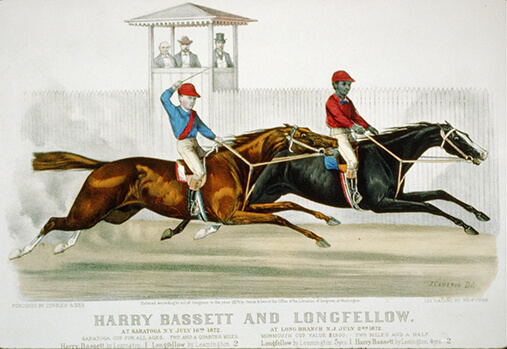
There was a story that Stanford had made a bet of $25,000 to prove his theories on the way horses move, but there’s no actual proof he made such a bet. However, he was definitely passionate about finding out how horses move – it’s estimated he spent $50,000 on his passion.
Muybridge’s first photography attempt resulted in a blur of the horse. This photo has never actually been found, but apparently Stanford was pleased that he could sort of make out his horse.
Muybridge knew he could do better, and was determined to figure out how to photograph this horse. While there was a delay from that pesky murder trial, in 1877 he was back with a new technology.
With support from Stanford, he was able to research and develop faster mechanical shutters and electronic triggers. He figured out how to create more sensitive film to allow for shorter exposure times. This was huge for photography.
Muybridge made a new photo of Occident, and this one showed his movement. Since it was still a little bit fuzzy, he had it retouched, and doubters used this retouching to accuse Muybridge of manipulating the entire image. Muybridge and Stanford didn’t care though, they were planning their next huge project.
At a racetrack in California, now the Stanford University, Muybridge created the first of his stop motion images. He set up 12 cameras, attached to automatic triggers that went off when the horse passed by. The experiment was a huge success, and he repeated it with the press in attendance, showing them that it was both authentic, and completely changed the way people thought about how the horse gallops.
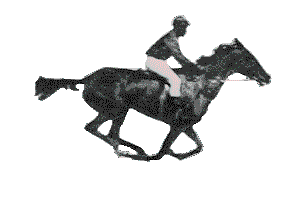
This was groundbreaking to the equestrian world. Seeing the way the horse truly moved helped people to better understand horse locomotion. It was the first step to understanding horse biomechanics, which benefits the horse and rider in many ways. Riders can see how their bodies impact the horse, we can understand how the muscles of the horse work, we can see how to help the horse move, and we can try to reduce the risk of injuries.
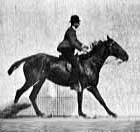
Muybridge continued to make photos of movement. He did more horse images, other animals, and humans. He invented a machine called the “zoopraxiscope,” which allowed people to view his photos in rapid sequence, making essentially the first video. The images were later hand colored and sold. Later on, he developed what was considered an early movie projector. Eadweard Muybridge came up with some incredible ideas that greatly advanced photography and started video.
For us horse people, he gave us information we needed to know about our horses. This knowledge feels obvious today, but back then it was revolutionary. The knowledge of exactly how a horse moves can help vets with treatments, and riders in advancing their skills. It was a huge step forward.
Learn more about the history of horses and riding.

The Fort Riley Method of Riding - An Equestrian Life
[…] Chief Instructor at Fort Riley, did further research on this jumping method using hundreds of photographs, determined that the correct method to jump a horse, “is for the rider to lean forward, with […]
John Solomon Rarey, The Original Horse Whisperer - An Equestrian Life
[…] what he did, and maybe it was just luck. They hadn’t witnessed it for themselves, and since photography wasn’t good enough yet, why should they believe a bunch of likely foolish […]
John Solomon Rarey, The Original Horse Whisperer - An Equestrian Life - Mascotas
[…] seen what he did, and maybe it was just luck. They hadn’t witnessed it for themselves, and since photography wasn’t good enough yet, why should they believe a bunch of likely foolish […]